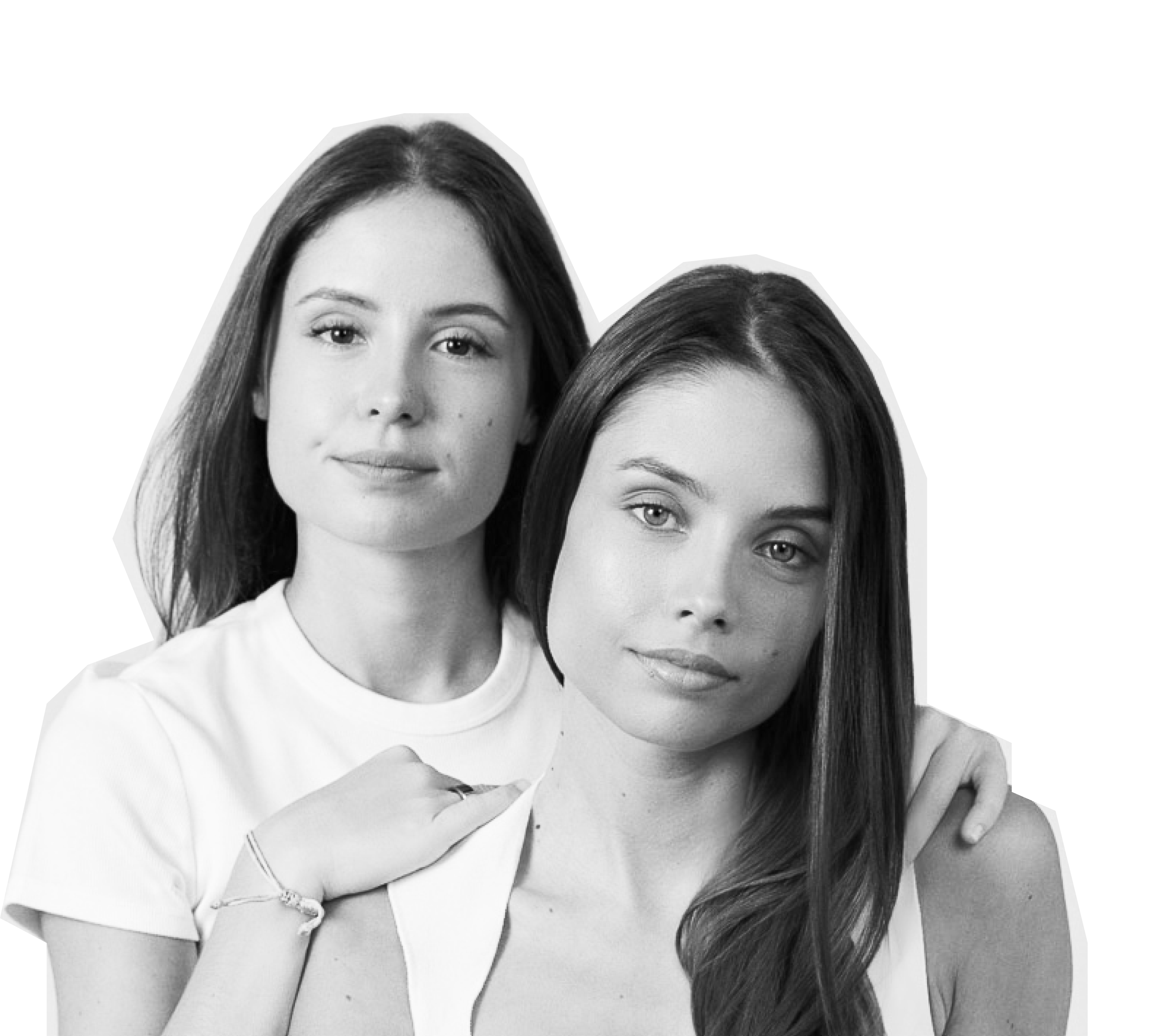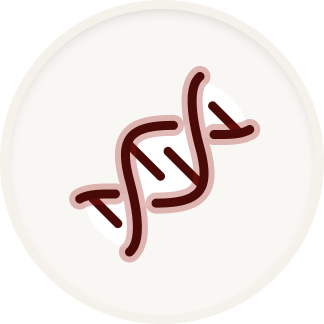
Female hair loss
Hair loss related
to Androgenic alopecia
Androgenic alopecia is the most common form of hair loss, affecting both men and women.
It is caused by sensitivity to androgens, which can be genetic, hormonal, or metabolic in origin.
[ 1 ]
Understanding the mechanisms
Androgenic alopecia is a progressive hair loss linked to increased sensitivity to a hormone called DHT (dihydrotestosterone), a derivative of testosterone.
This hormone shortens the hair life cycle and causes the follicles to gradually miniaturize until they are exhausted.
In the majority of cases, this sensitivity is linked to a genetic predisposition. However, sometimes hair loss is not hereditary and is entirely linked to an excess of androgens , as in the case of polycystic ovary syndrome (PCOS) or other hormonal imbalances.
Aggravating factors such as stress, certain nutritional deficiencies, taking medication or the contraceptive pill can also come into play.
[ 2 ]
The numbers
In the world
women aged 17 to 29 are affected by androgenetic alopecia
of women are affected by androgenetic alopecia from the age of 50
Sources:
Cinik, E. (2023, November 2). Ludwig scale: Measuring the evolution of androgenetic alopecia in women . Dr. Cinik. https://emrahcinik.com/ludwig-scale/
DermoMedicalCenter. (2024, September 5). Androgenetic Alopecia: Causes, Symptoms, Treatments . https://dermomedicalcenter.com/hair-and-hair-removal/androgenic-alopecia/
[ 3 ]
Recognize the signs
ANDROGENIC ALOPECIA
Type of hair loss: progressive localized hair loss with thinning of the hair (top of the head).
Causes: sensitivity to androgen hormones (DHT) or excess androgens without genetic factor.
Common Triggers: hormonal imbalances (PCOS), metabolic disorders, insulin resistance, stress, deficiencies, medications, birth control pills.
ANDROGENETIC ALOPECIA
Type of hair loss: progressive localized hair loss with thinning of the hair, identical to androgenic alopecia.
Causes: genetic predisposition to sensitivity to androgens.
Common Triggers: genetic factors.
[ 4 ]
TAKE BACK CONTROL
When alopecia is linked to a genetic factor, this predisposition is permanent, it is a lifelong condition, and it is therefore necessary to treat it daily.
However, when it results from a hormonal imbalance, it is possible to act to better balance your hormones, in particular by targeting this imbalance through an adapted lifestyle: stress management , healthy diet , and medical monitoring.
In both cases, to limit the progression of hair loss, it is essential to stimulate the scalp daily to promote blood circulation. Good circulation can lengthen the hair cycle, thus improving the health of the follicles.
Using a DHT blocker can also reduce the negative impact of this hormone on hair, slowing follicle miniaturization and preserving hair density.
The HACT routine was designed specifically to address this type of problem.
YOUR TAILORED ROUTINE
[ 5 ]
A WORD FROM THE FOUNDERS

Marie & Julie
Founders of HACT
In summary
Link between androgenic alopecia and hair loss

Genetic predisposition and/or hormonal imbalances
Family history or hormonal imbalances such as PCOS

Androgen sensitivity and/or excess
Hair follicles sensitive to dihydrotestosterone (DHT) or excessive androgen production

Disruption of the hair cycle
Shorter and slower growth cycles, progressive miniaturization of the hair

Hair loss
More visible scalp, especially at the top of the head, with a parting that gradually widens
















